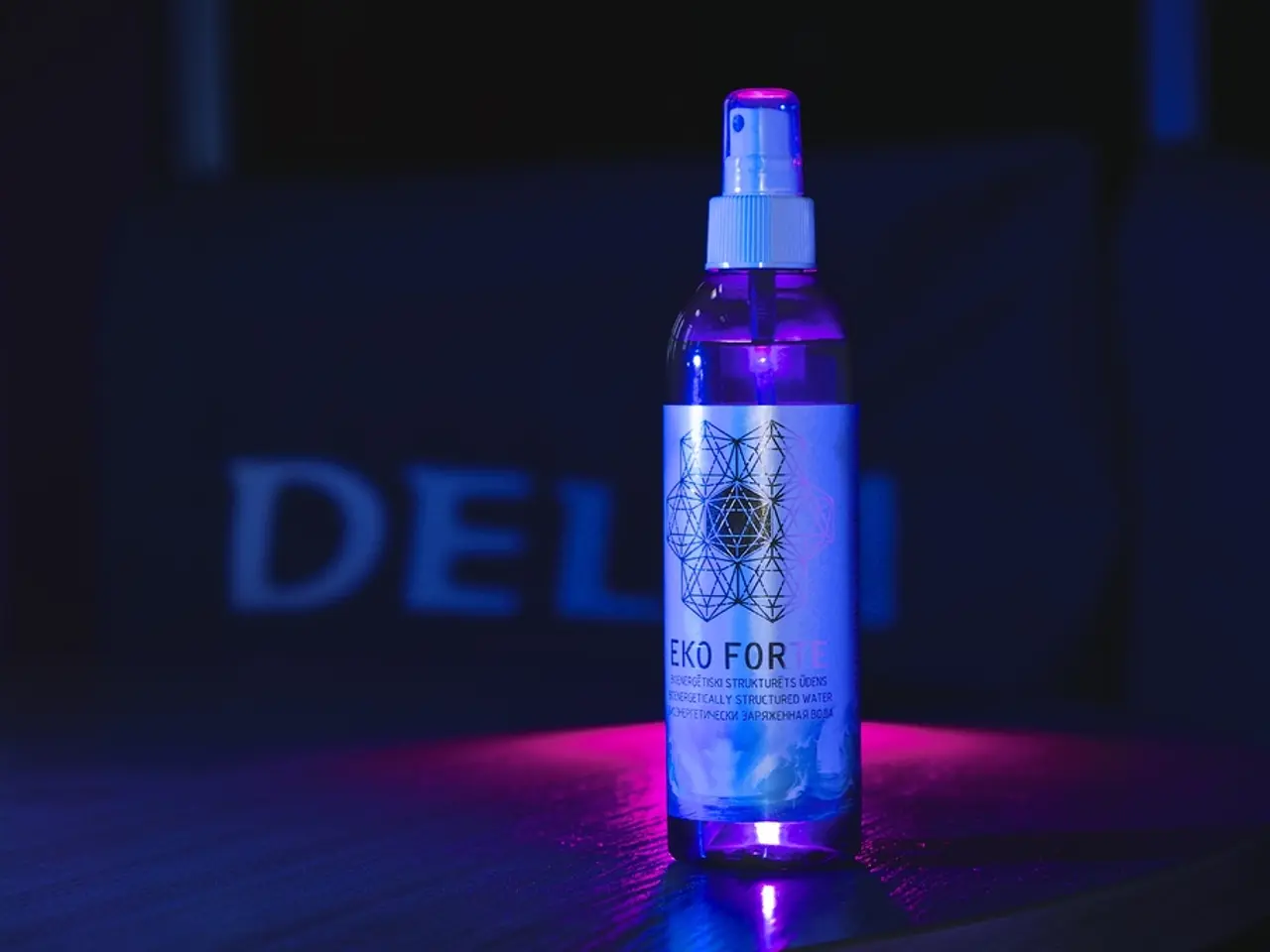Enhancing Chromatography Techniques for Treatment-Related Antibody Production
In the swiftly advancing world of antibody therapies, the industry is adopting a new era of optimized chromatographic solutions. This shift, propelled by a growing list of objectives including lower manufacturing costs and increased sustainability, is poised to transform the way antibodies are processed.
The future of antibody processing lies in an adaptable resin toolbox, capable of optimizing individual as well as platform processes. For standard monoclonal antibodies (mAbs), enhancements in yield can be achieved through fine-tuning elution pH and load, while productivity gains can be attained through the use of high-capacity resins with good flow properties or by running optimized protocols.
However, for more complex antibody formats, a toolbox of affinity resins is often essential to achieve both high purity and yield. The therapeutic antibody landscape is diversifying, with an increasing number of non-traditional mAbs entering clinical and commercial phases. These new mAbs require a diverse mAb affinity-resin toolbox, as they often have different affinities compared to what standard protein A resins can offer.
Companies such as GE Healthcare (now Cytiva), Thermo Fisher Scientific, and Bio-Rad Laboratories, as well as institutes like the Max Planck Institute and the Fraunhofer Institute, have developed new, optimized affinity resins for the processing of multispecific antibodies in recent years.
In capture-process optimization, manufacturers must balance several features, including resin attributes such as capacity, flow properties, and durability. For instance, high-titer fed-batch processes may benefit most from resins offering a strong balance of capacity and flow performance.
Multispecific antibodies are more prone to aggregation and contain mispaired chains that are challenging to remove. Continuous chromatography connected to perfusion bioreactors often requires highly durable resins that can withstand extensive cleaning and many cycles. Solutions for improving purity of multispecific antibodies include leveraging differences in avidity or deploying high-resolution polishing technologies.
More sophisticated solutions, such as periodic counter-current chromatography (PCC), can help maximize resin utilization. Rapid-cycling chromatography, which shortens residence times and reduces resin consumption, is another promising approach for improving productivity.
Process modeling has emerged as a powerful tool to guide decision-making in capture-process optimization. By considering parameters like flow-velocity restrictions that can differ significantly between small- and large-column diameters, process modeling can help in making informed decisions about resin selection and process design.
In any strategy to improve the process, robustness and scalability are crucial to avoid costly deviations and capacity restrictions. The industry is moving away from a one-size-fits-all chromatography approach due to the complexity of antibody formats. The shift towards tailored, scalable solutions reflects a commitment to cost efficiency, sustainability, and quality.






